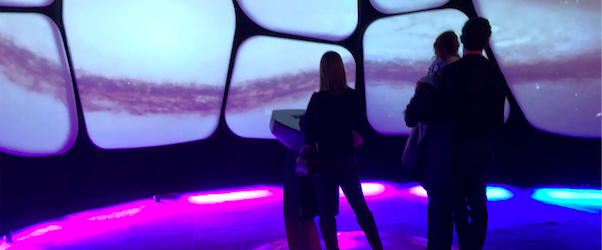Annual attendance projections for 2021 have improved for some organization types since the start of this year, but not by as much as some leaders may hope.
Here's the current condition and outlook as of July 2021 for both exhibit and performance-based organizations.
Strap on your nerdy seatbelts, folks. Things are about to get math-y in pursuit of realistic attendance expectations mindful of the ever-evolving conditions concerning the coronavirus. We’ve been hearing a bit of discussion about the concept of “revenge travel," which is the idea that there is (and will be) a huge increase in travel in...Never miss the latest read on industry data and analysis.
Already have an account? Sign In


